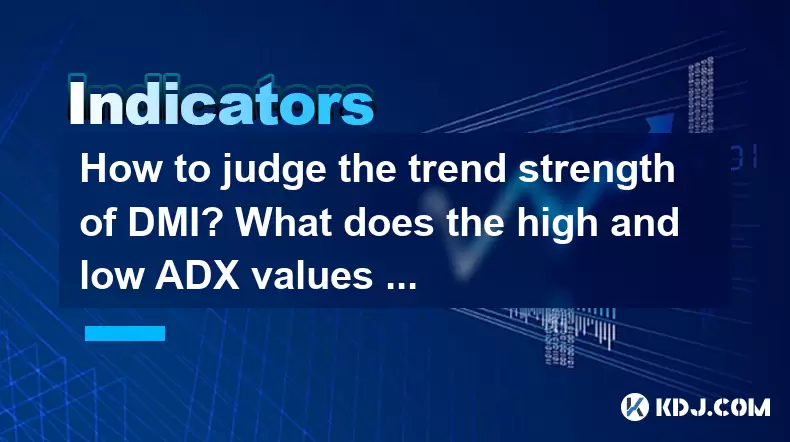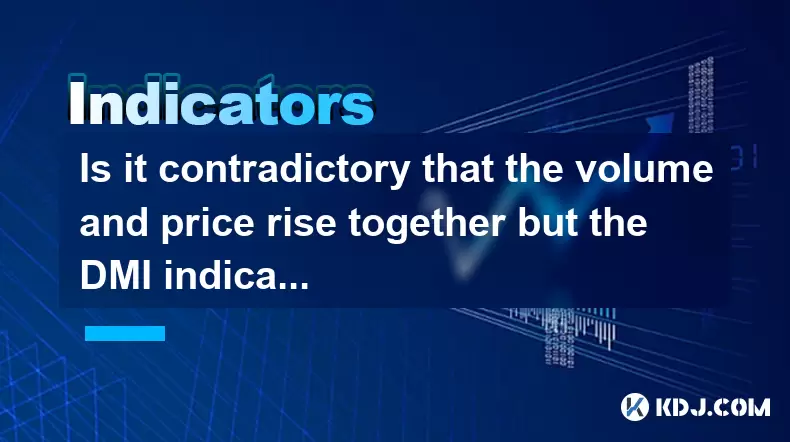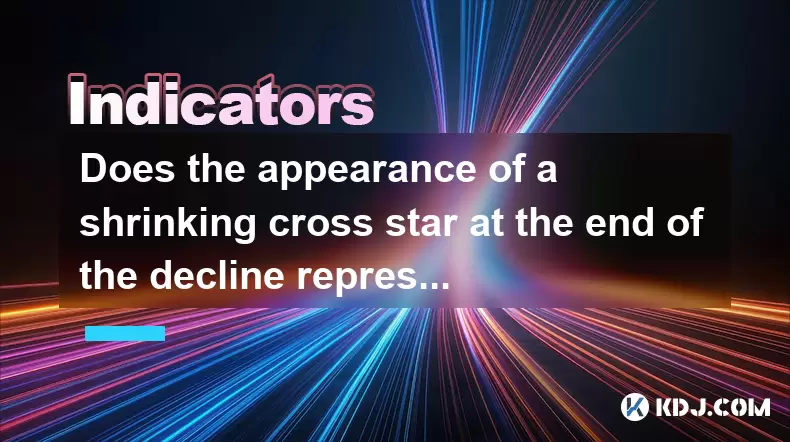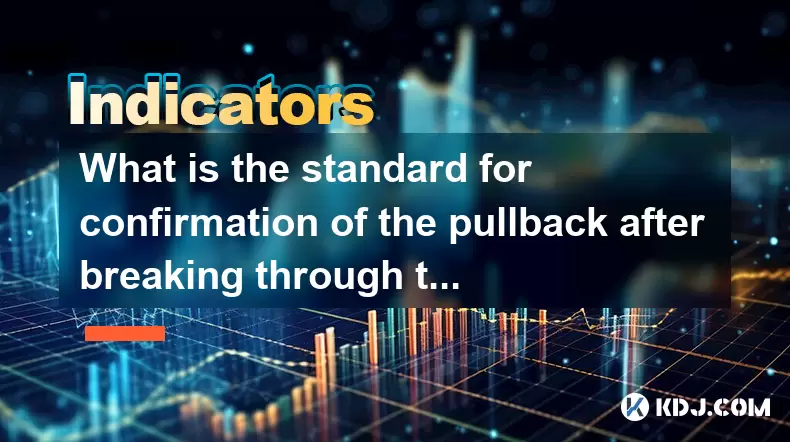-
 Bitcoin
Bitcoin $101,898.5005
-0.75% -
 Ethereum
Ethereum $2,258.1125
-1.07% -
 Tether USDt
Tether USDt $1.0004
0.01% -
 XRP
XRP $2.0178
-2.93% -
 BNB
BNB $624.0243
-1.53% -
 Solana
Solana $134.3298
-0.90% -
 USDC
USDC $0.9999
0.01% -
 TRON
TRON $0.2675
-2.05% -
 Dogecoin
Dogecoin $0.1538
-1.96% -
 Cardano
Cardano $0.5482
-1.11% -
 Hyperliquid
Hyperliquid $35.5636
5.45% -
 Bitcoin Cash
Bitcoin Cash $453.4902
-1.66% -
 Sui
Sui $2.5134
-2.97% -
 UNUS SED LEO
UNUS SED LEO $9.1292
1.77% -
 Chainlink
Chainlink $11.8457
-1.60% -
 Stellar
Stellar $0.2312
-2.73% -
 Avalanche
Avalanche $16.9721
0.29% -
 Toncoin
Toncoin $2.7549
-3.82% -
 Shiba Inu
Shiba Inu $0.0...01081
-1.10% -
 Litecoin
Litecoin $80.8250
-0.71% -
 Hedera
Hedera $0.1374
0.21% -
 Monero
Monero $305.4827
-2.36% -
 Ethena USDe
Ethena USDe $1.0006
0.00% -
 Dai
Dai $1.0000
-0.01% -
 Polkadot
Polkadot $3.2085
-3.12% -
 Bitget Token
Bitget Token $4.0845
-3.13% -
 Uniswap
Uniswap $6.3353
-1.63% -
 Pi
Pi $0.5085
-0.70% -
 Pepe
Pepe $0.0...08913
-3.82% -
 Aave
Aave $232.7090
-0.58%
How to judge the trend strength of DMI? What does the high and low ADX values mean?
The DMI, with its +DI, -DI, and ADX lines, helps traders assess trend strength and direction in crypto markets, enhancing trading decisions.
May 23, 2025 at 04:08 pm

The Directional Movement Index (DMI) is a popular technical analysis tool used by traders to assess the strength of a trend in the cryptocurrency market. The DMI consists of three lines: the Positive Directional Indicator (+DI), the Negative Directional Indicator (-DI), and the Average Directional Index (ADX). Understanding how to interpret these lines can significantly enhance your trading decisions.
Understanding the Components of DMI
The DMI is comprised of three key components:
- +DI (Positive Directional Indicator): This line measures the upward movement in the market over a specified period. It is calculated by comparing the current high with the previous high.
- -DI (Negative Directional Indicator): This line measures the downward movement in the market over the same period. It is calculated by comparing the current low with the previous low.
- ADX (Average Directional Index): This line quantifies the strength of the trend, regardless of its direction. It is derived from the smoothed averages of the difference between +DI and -DI.
How to Judge the Trend Strength of DMI
To judge the trend strength using DMI, you need to focus primarily on the ADX line. The ADX is a non-directional indicator, meaning it does not indicate whether the trend is bullish or bearish; instead, it measures the strength of the trend.
- ADX values below 20: An ADX value below 20 suggests a weak trend or a market that is in a consolidation phase. During such periods, the market is likely to move sideways, and traders should be cautious about entering new positions.
- ADX values between 20 and 25: This range indicates the beginning of a trend. Traders should start paying attention to the +DI and -DI lines to determine the direction of the trend.
- ADX values between 25 and 50: An ADX in this range signifies a strong trend. Traders can be more confident in their trend-following strategies during this period.
- ADX values above 50: An ADX above 50 indicates an extremely strong trend. This is a rare occurrence and suggests that the current trend is likely to continue with significant momentum.
Interpreting the +DI and -DI Lines
While the ADX measures the strength of the trend, the +DI and -DI lines help determine the direction of the trend.
- +DI above -DI: When the +DI line is above the -DI line, it indicates a bullish trend. Traders should consider long positions in this scenario.
- -DI above +DI: Conversely, when the -DI line is above the +DI line, it indicates a bearish trend. Traders should consider short positions in this scenario.
- Crossing of +DI and -DI: A crossover of the +DI and -DI lines can signal a potential trend reversal. For example, if the +DI crosses above the -DI, it could signal the beginning of a bullish trend, and vice versa.
What Do High and Low ADX Values Mean?
The ADX values provide crucial insights into the strength of the market trend. Here's a detailed breakdown of what high and low ADX values signify:
High ADX values (above 25): High ADX values indicate a strong trend. When the ADX is high, it suggests that the current trend is likely to continue, and traders should consider trend-following strategies.
- ADX above 25 but below 50: This range indicates a strong trend, and traders should be confident in their trend-following strategies.
- ADX above 50: This signifies an extremely strong trend, and traders should be very confident in their trend-following strategies. However, such high values are rare and indicate that the market is in a highly directional phase.
Low ADX values (below 20): Low ADX values indicate a weak trend or a market in a consolidation phase. When the ADX is low, it suggests that the market is likely to move sideways, and traders should be cautious about entering new positions.
- ADX below 20: This range indicates a weak trend or a market in consolidation. Traders should avoid trend-following strategies and focus on range-bound trading strategies.
Practical Application of DMI in Trading
To effectively use the DMI in your trading strategy, follow these steps:
Monitor the ADX: Keep a close eye on the ADX line to gauge the strength of the trend. Use the ADX values to decide whether to enter or exit trades.
- If the ADX is below 20, avoid trend-following trades and consider range-bound strategies.
- If the ADX is above 25, consider trend-following trades based on the direction indicated by the +DI and -DI lines.
Analyze the +DI and -DI lines: Use the +DI and -DI lines to determine the direction of the trend.
- If the +DI is above the -DI, consider long positions.
- If the -DI is above the +DI, consider short positions.
Watch for crossovers: Pay attention to the crossovers between the +DI and -DI lines, as they can signal potential trend reversals.
- If the +DI crosses above the -DI, it may signal the start of a bullish trend.
- If the -DI crosses above the +DI, it may signal the start of a bearish trend.
Combine with other indicators: While the DMI is a powerful tool, it is best used in conjunction with other technical indicators to confirm signals and improve trading accuracy.
- Consider using moving averages, RSI, or MACD to confirm the signals provided by the DMI.
Frequently Asked Questions
Q1: Can the DMI be used for all cryptocurrencies?
Yes, the DMI can be used for all cryptocurrencies. However, the effectiveness of the DMI may vary depending on the liquidity and volatility of the specific cryptocurrency. It is recommended to test the DMI on historical data of the cryptocurrency you are interested in before using it in live trading.
Q2: How often should I check the DMI values?
The frequency of checking DMI values depends on your trading style. For day traders, checking the DMI every few hours or even every hour can be beneficial. For swing traders, checking the DMI daily or weekly may be sufficient. It is important to align the frequency of checks with your trading strategy and time frame.
Q3: Is the DMI suitable for short-term trading?
Yes, the DMI can be used for short-term trading. The +DI and -DI lines can help identify short-term trend reversals, while the ADX can help gauge the strength of these short-term trends. However, short-term traders should combine the DMI with other indicators to improve the accuracy of their trades.
Q4: Can the DMI be used in conjunction with other trend indicators?
Yes, the DMI can be effectively used in conjunction with other trend indicators. For example, combining the DMI with moving averages can help confirm trend direction and strength. Using the DMI with the MACD can help identify potential trend reversals more accurately. It is important to use multiple indicators to validate trading signals and reduce the risk of false signals.
Disclaimer:info@kdj.com
The information provided is not trading advice. kdj.com does not assume any responsibility for any investments made based on the information provided in this article. Cryptocurrencies are highly volatile and it is highly recommended that you invest with caution after thorough research!
If you believe that the content used on this website infringes your copyright, please contact us immediately (info@kdj.com) and we will delete it promptly.
- VanEck, Pudgy Penguins, and Nasdaq: A New York Minute on Crypto's Big Moves
- 2025-06-24 01:05:12
- Ripplecoin Cloud Mining: Earn Daily Crypto Rewards?
- 2025-06-24 00:25:13
- SEI Price Prediction: Crypto Analyst Sees Potential Jump to $0.30!
- 2025-06-24 01:05:12
- Dogecoin, Cardano, and Crypto Security: Navigating the Wild West
- 2025-06-24 00:45:12
- Dogecoin Price Analysis and Ozak AI: Riding the Crypto Wave in Style
- 2025-06-24 00:45:12
- Neo Pepe Presale: The Next Big Meme Coin?
- 2025-06-24 00:32:08
Related knowledge

How to interpret that the time-sharing chart shows "volume and price rise together" but the MACD red column shortens?
Jun 24,2025 at 01:08am
Understanding the Concept of 'Volume and Price Rise Together'In cryptocurrency trading, when a time-sharing chart shows that both volume and price rise together, it is typically interpreted as a sign of strong buying pressure. This means more traders are entering long positions, pushing the price higher while increasing the trading volume. This phenomen...

Is it contradictory that the moving average system is arranged in a bullish pattern but the DMI shows a decline in trend strength?
Jun 23,2025 at 11:43pm
Understanding the Moving Average and DMI RelationshipIn cryptocurrency trading, technical analysis plays a crucial role in identifying potential trends and making informed decisions. Two of the most commonly used indicators are the Moving Average (MA) and the Directional Movement Index (DMI). While both tools aim to provide insight into market direction...

What is the significance of the gap formed by the gap opening not being filled within five days?
Jun 23,2025 at 09:42pm
Understanding Gaps in Cryptocurrency TradingIn the world of cryptocurrency trading, a gap refers to a situation where the price of an asset jumps from one level to another without any trading activity occurring between those two levels. This often happens over weekends or holidays when the market is closed, and significant news or events occur that impa...

Is it contradictory that the volume and price rise together but the DMI indicator shows that the trend strength decreases?
Jun 24,2025 at 01:00am
Understanding the Relationship Between Volume, Price, and DMIIn the world of cryptocurrency trading, it is common for traders to analyze multiple indicators simultaneously to form a comprehensive view of market conditions. Volume and price are two of the most basic and widely used metrics in technical analysis. When both volume and price rise together, ...

Does the appearance of a shrinking cross star at the end of the decline represent a signal to stop the decline?
Jun 24,2025 at 12:14am
Understanding the Shrinking Cross Star PatternIn the world of cryptocurrency trading, candlestick patterns play a crucial role in technical analysis. One such pattern is the shrinking cross star, which often appears at the end of a downtrend. This pattern consists of a candle with a small body, typically appearing after a series of bearish candles, and ...

What is the standard for confirmation of the pullback after breaking through the neckline with large volume?
Jun 23,2025 at 11:28pm
Understanding the Neckline in Technical AnalysisIn technical analysis, the neckline is a critical support or resistance level that appears in chart patterns such as head and shoulders, double tops, and double bottoms. It typically connects two or more lows (in the case of a head and shoulders top) or highs (in the case of a head and shoulders bottom). W...

How to interpret that the time-sharing chart shows "volume and price rise together" but the MACD red column shortens?
Jun 24,2025 at 01:08am
Understanding the Concept of 'Volume and Price Rise Together'In cryptocurrency trading, when a time-sharing chart shows that both volume and price rise together, it is typically interpreted as a sign of strong buying pressure. This means more traders are entering long positions, pushing the price higher while increasing the trading volume. This phenomen...

Is it contradictory that the moving average system is arranged in a bullish pattern but the DMI shows a decline in trend strength?
Jun 23,2025 at 11:43pm
Understanding the Moving Average and DMI RelationshipIn cryptocurrency trading, technical analysis plays a crucial role in identifying potential trends and making informed decisions. Two of the most commonly used indicators are the Moving Average (MA) and the Directional Movement Index (DMI). While both tools aim to provide insight into market direction...

What is the significance of the gap formed by the gap opening not being filled within five days?
Jun 23,2025 at 09:42pm
Understanding Gaps in Cryptocurrency TradingIn the world of cryptocurrency trading, a gap refers to a situation where the price of an asset jumps from one level to another without any trading activity occurring between those two levels. This often happens over weekends or holidays when the market is closed, and significant news or events occur that impa...

Is it contradictory that the volume and price rise together but the DMI indicator shows that the trend strength decreases?
Jun 24,2025 at 01:00am
Understanding the Relationship Between Volume, Price, and DMIIn the world of cryptocurrency trading, it is common for traders to analyze multiple indicators simultaneously to form a comprehensive view of market conditions. Volume and price are two of the most basic and widely used metrics in technical analysis. When both volume and price rise together, ...

Does the appearance of a shrinking cross star at the end of the decline represent a signal to stop the decline?
Jun 24,2025 at 12:14am
Understanding the Shrinking Cross Star PatternIn the world of cryptocurrency trading, candlestick patterns play a crucial role in technical analysis. One such pattern is the shrinking cross star, which often appears at the end of a downtrend. This pattern consists of a candle with a small body, typically appearing after a series of bearish candles, and ...

What is the standard for confirmation of the pullback after breaking through the neckline with large volume?
Jun 23,2025 at 11:28pm
Understanding the Neckline in Technical AnalysisIn technical analysis, the neckline is a critical support or resistance level that appears in chart patterns such as head and shoulders, double tops, and double bottoms. It typically connects two or more lows (in the case of a head and shoulders top) or highs (in the case of a head and shoulders bottom). W...
See all articles
























































































